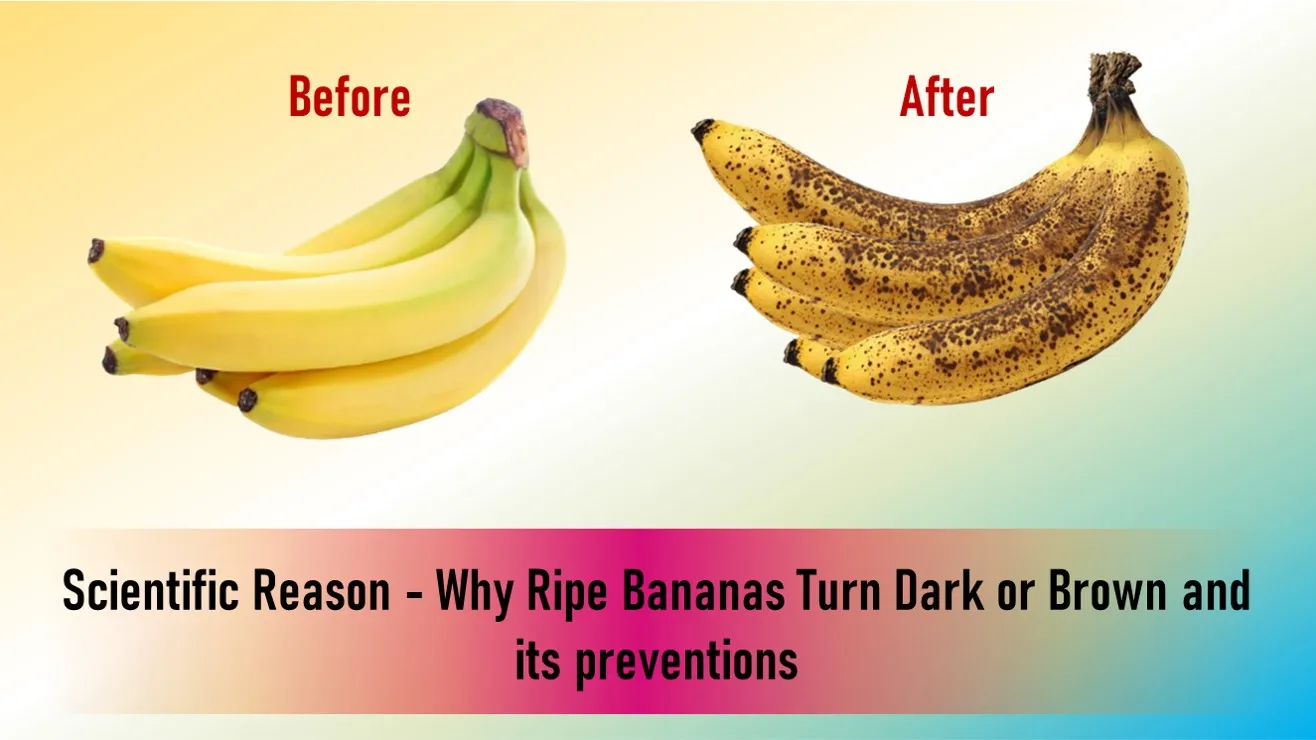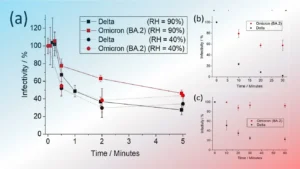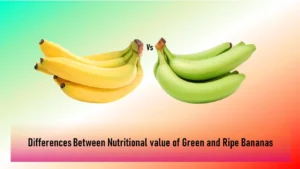This article written on Why Ripe Bananas Turn Black and How to Keep Them Fresh? Bananas are a favorite fruit for many, known for their convenience, nutrition, and delicious taste. However, it’s not uncommon to find that the perfectly ripe banana you bought yesterday has turned into an unattractive black mush seemingly overnight.
What causes this transformation, and is there anything you can do to prevent it? Let’s explore the science behind why ripe bananas turn black and learn some effective prevention methods to keep them fresh for longer.
Why Ripe Bananas Turn Black?
The process of banana ripening is a fascinating journey driven by biochemical changes within the fruit. As bananas ripen, they produce a natural plant hormone called ethylene. This hormone acts as a signal, activating various ripening processes such as the conversion of starches into sugars and the softening of the fruit’s texture.
One of the key visual changes associated with ripening bananas is the breakdown of chlorophyll, the green pigment responsible for their vibrant color. As chlorophyll diminishes, other pigments, such as anthocyanins, become more prominent. These pigments contribute to the yellow hues seen in ripe bananas.
However, as the ripening process progresses, the breakdown of these pigments accelerates, leading to the formation of dark-colored polymers. These polymers are what give overripe bananas their characteristic black color.
Preventing Bananas from Turning Black
Luckily, there are several strategies you can employ to prolong the life of your bananas and prevent them from turning black prematurely.
- Refrigeration: Storing ripe bananas in the refrigerator can significantly slow down the ripening process. Cold temperatures inhibit the activity of enzymes responsible for fruit ripening, helping to preserve the bananas’ color and texture for longer.
- Isolation: Separating individual bananas from the bunch can also help extend their freshness. When bananas are clustered together, they release more ethylene gas, which accelerates the ripening process. By keeping them apart, you can reduce ethylene contact and slow down ripening.
- Wrapping the Stems: Another effective method is to wrap the stems of the bananas with plastic wrap or aluminum foil. Since the stems are the primary source of ethylene production in bananas, sealing them off can help minimize ethylene exposure and extend the fruit’s shelf life.
Conclusion
Understanding the biochemical processes behind banana ripening and applying simple prevention methods can help you enjoy ripe bananas for longer without worrying about them turning black. Whether you choose to refrigerate your bananas, isolate them from each other, or wrap their stems, these strategies can make a significant difference in prolonging their freshness and flavor. So, next time you stock up on bananas, remember these tips to keep them looking and tasting their best!
Also Read:
Genome India Project – Aim, Method and Significance











